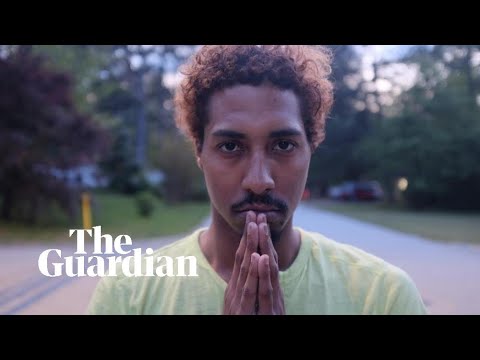
For many young gay men in the US and the UK, the Aids epidemic that cut short so many lives in the 1980s is history – something terrible that shook their community long before they were born. These days, Britons who fear they may have become infected with HIV can access post-exposure prophylaxis (PEP) on the NHS. Those who do contract it can be prescribed antiretroviral drugs. And for those at a high risk, pre-exposure prophylaxis (PrEP) is increasingly available in Britain (though not Northern Ireland). The effectiveness and availability of these treatments would have been unimaginable to the campaigners and patients of the 1980s.
And yet this encouraging picture does not apply everywhere, or to everyone. In the US, the situation divides depending on geography, and, most strikingly, race. According to the Centers for Disease Control, African Americans accounted for 44% of HIV diagnoses in 2016, despite comprising only 12% of the population. And the disproportion seems to be growing. That year, HIV diagnoses among African American gay and bisexual men aged 25 to 34 increased 30%. If you are a young gay black man in America, you have a one in two chance of contracting the virus – compared with a one in 11 chance if you are a white gay man.
The situation in the deep south is especially extreme, a Guardian film has reported. The region has the highest HIV diagnosis rate of any part of the US, but African Americans are five times more likely to die from HIV-related problems than white people.
Despite many protestations to the contrary, there is no evidence whatever to suggest that these dreadful disparities have anything to do with particularly risky behaviour among African Americans. That HIV – this eminently manageable virus – has reached epidemic levels in the deep south is attributable to a toxic combination of poverty, lack of education, institutional racism, and fundamentally unequal access to healthcare. To make matters worse, private funding is skewed away from this region of deepest need. In 2014, the deep south received $35 per HIV-affected person in private grants, while the US average was $116, according to researchers at Duke University. These problems predate the Trump regime, but there is no suggestion that his presidency will alleviate them: quite the reverse.
It is a tragedy that anyone, especially in the world’s richest country, should die unnecessarily. It is a grave injustice that those most likely to do so are from one particular group. The situation is different in the UK. Antiretrovirals do not cost $2,000 a bottle to the patient, as they do to the uninsured in the US. Yet Britain has its own disparities, which demand their own kind of attention. A year ago London witnessed the worse possible object lesson in the human cost of structural inequality when Grenfell Tower burned down. That was another preventable tragedy. The US’s problem with HIV ought not to prompt British self-congratulation, but British self-examination.
END

Be the first to comment